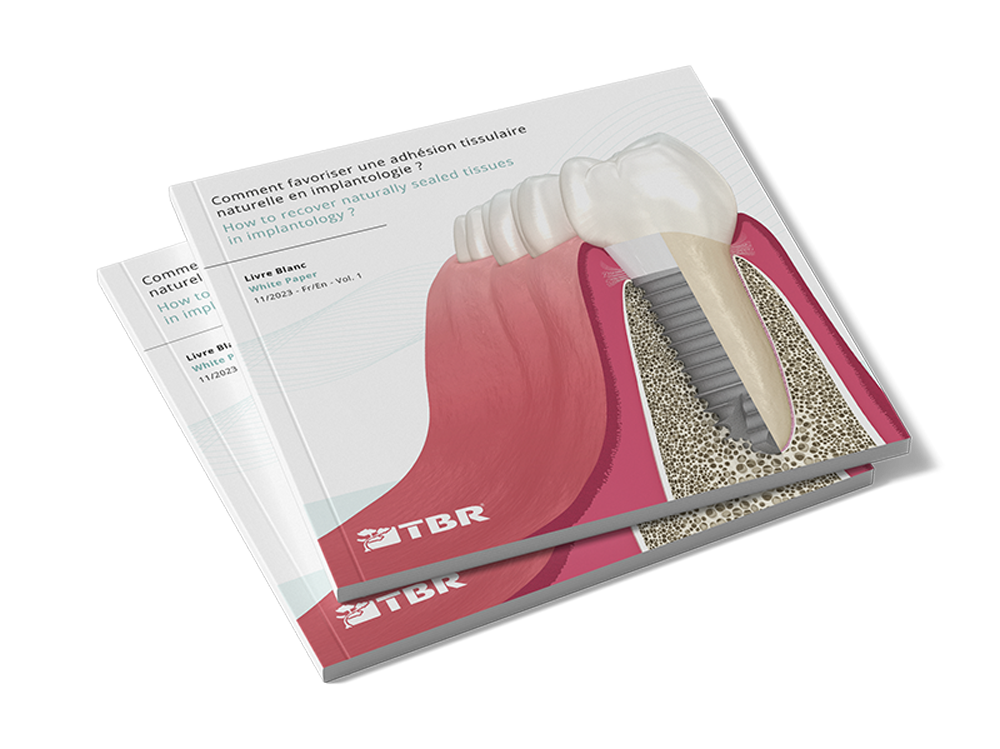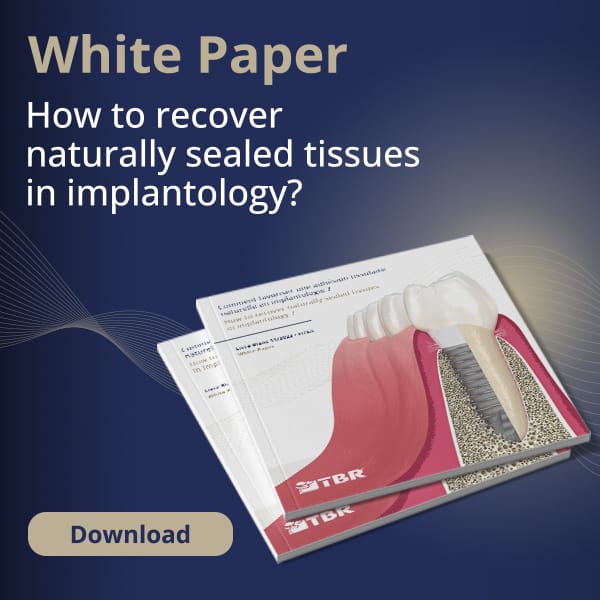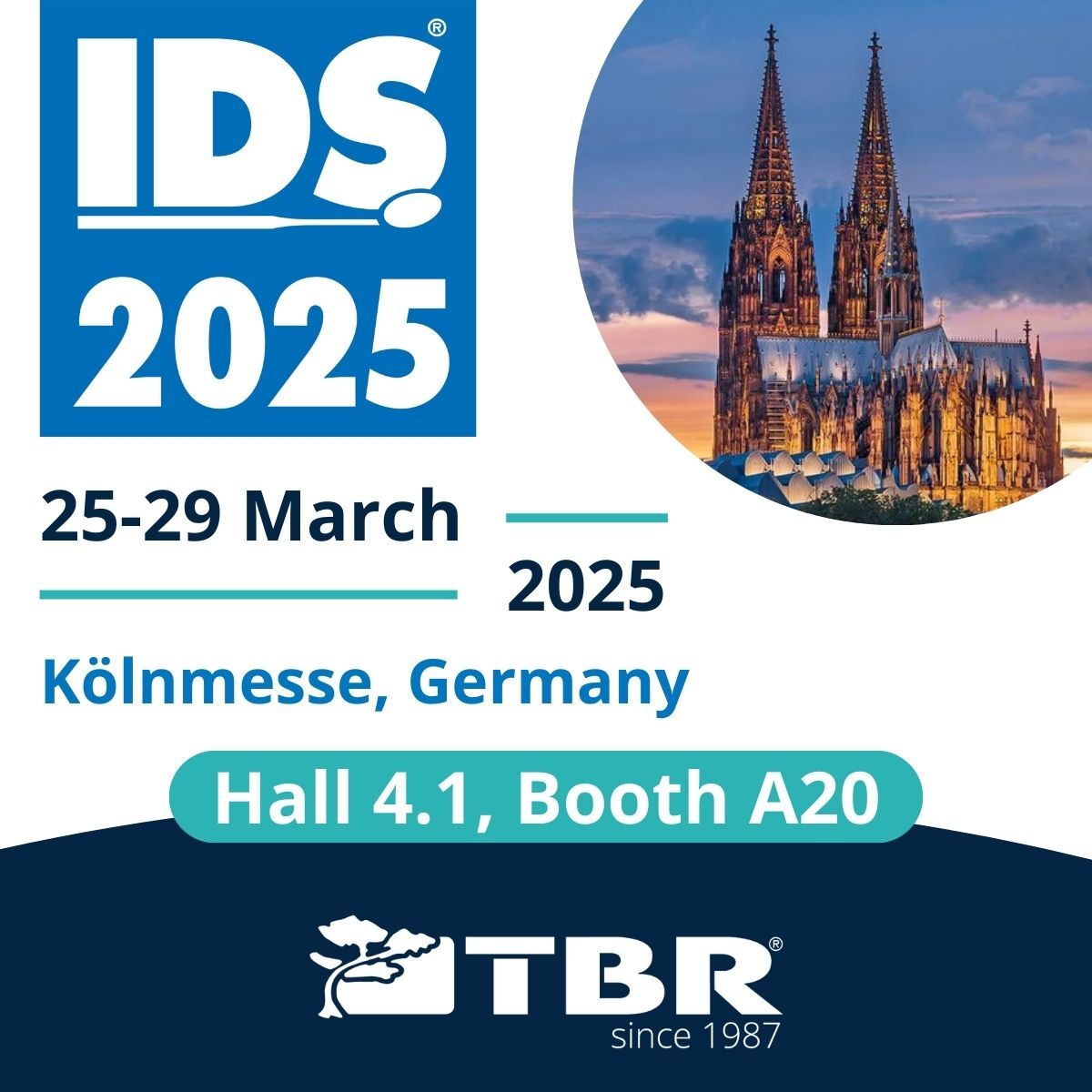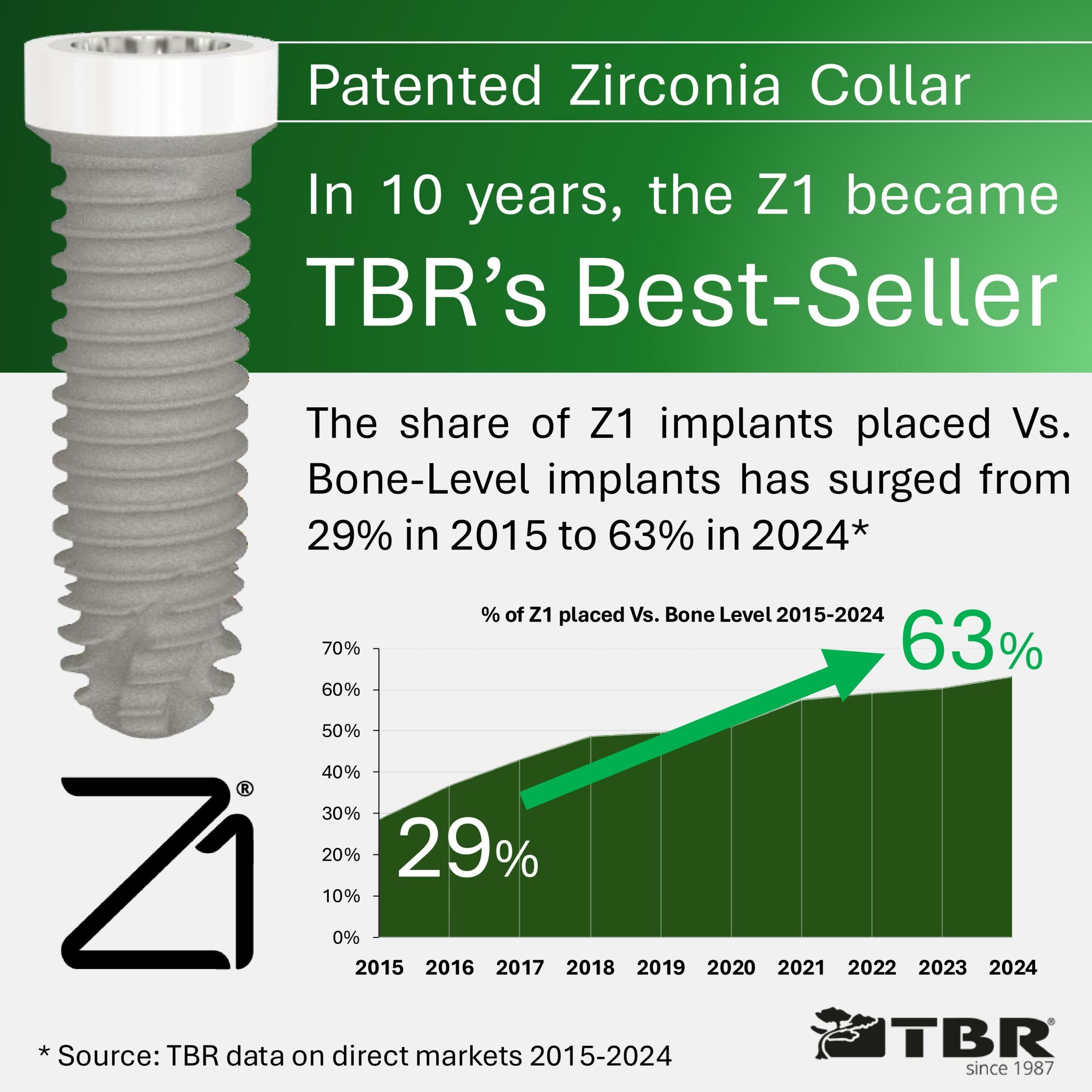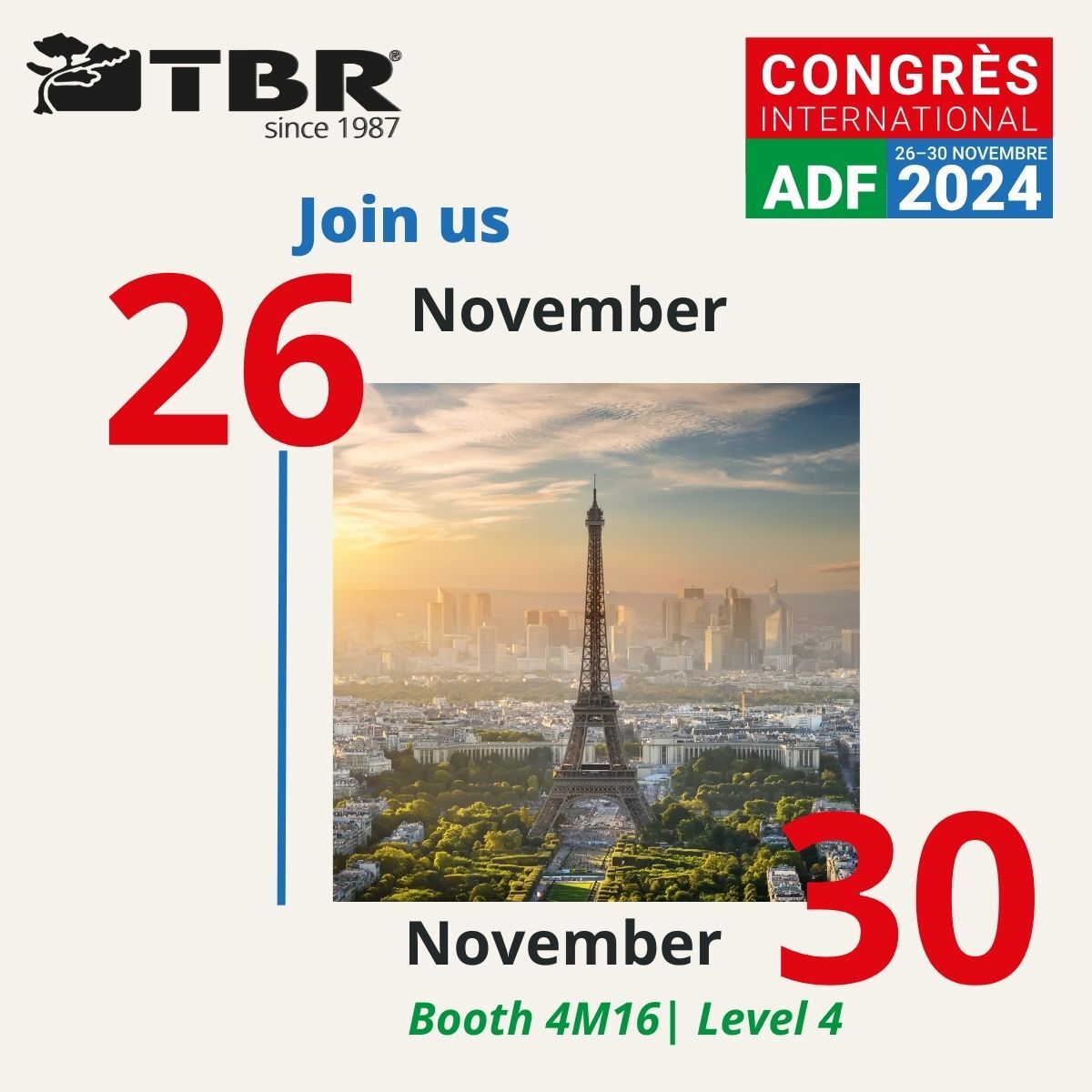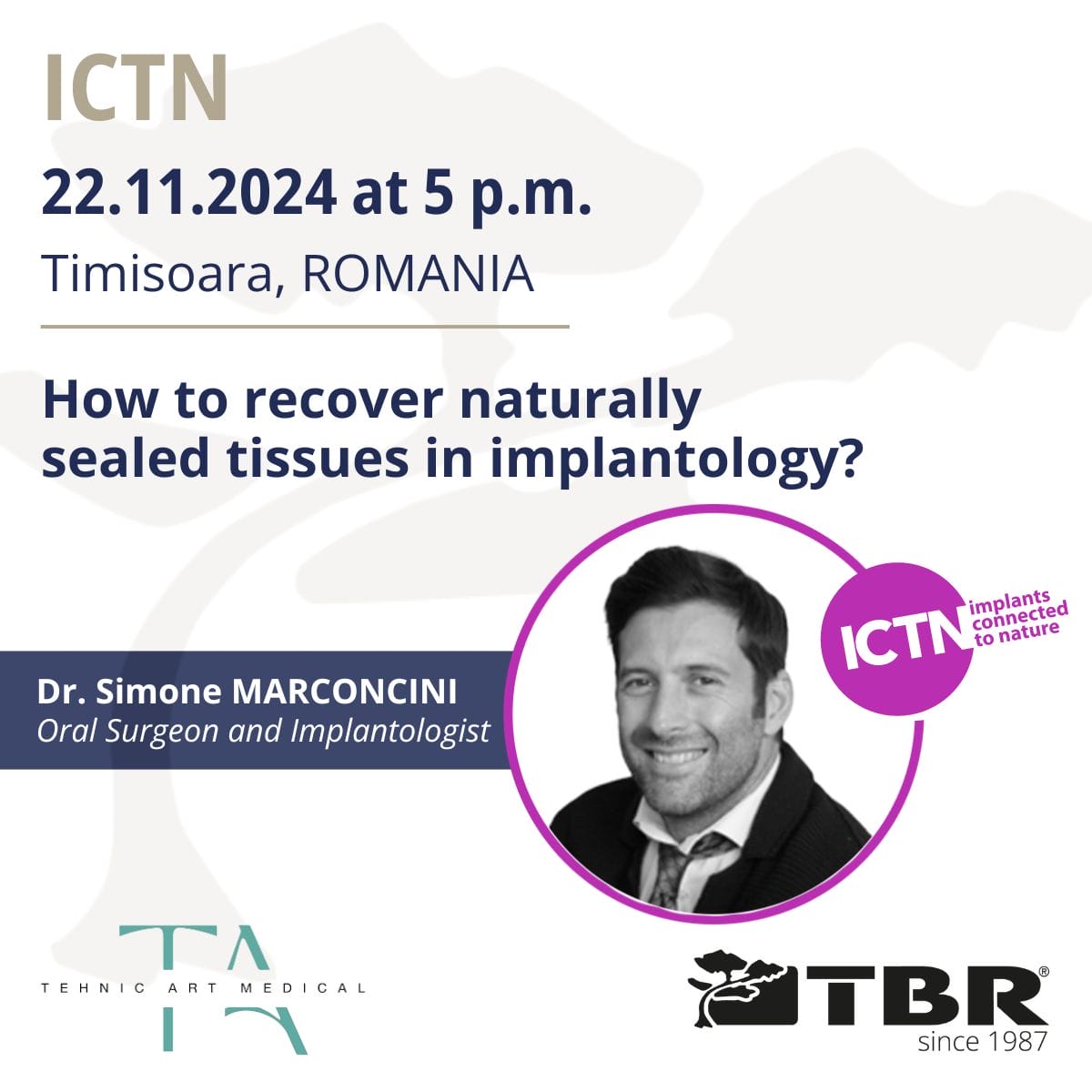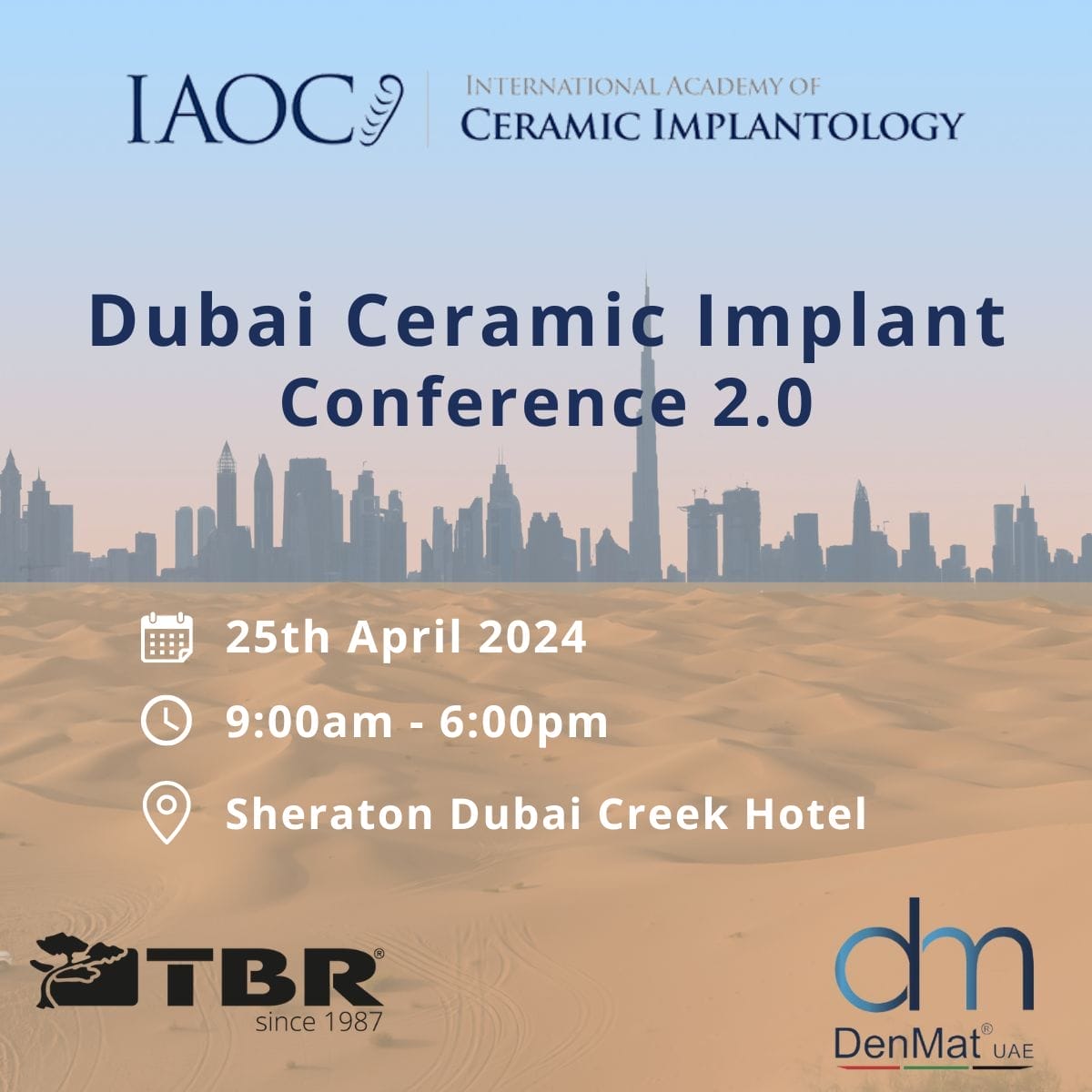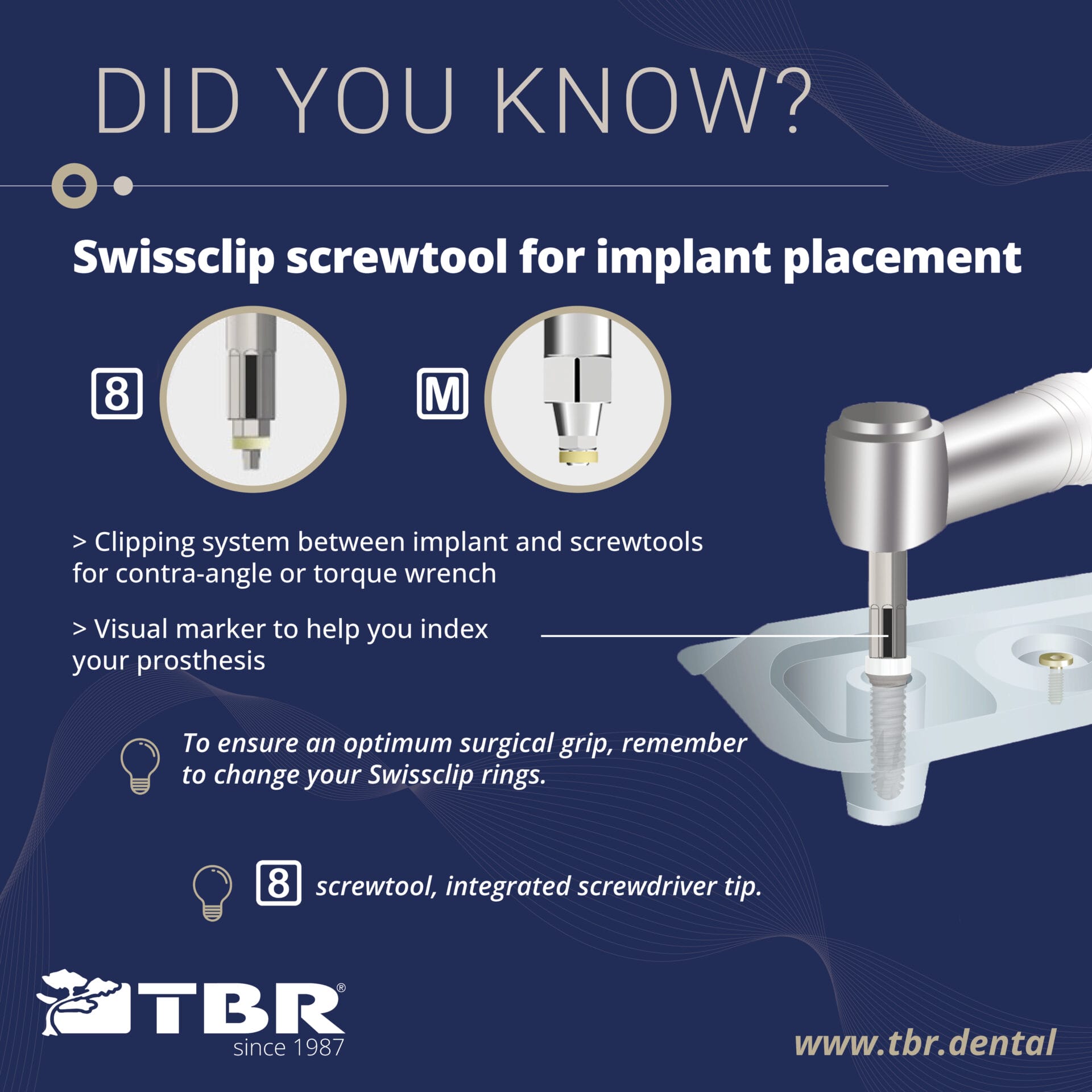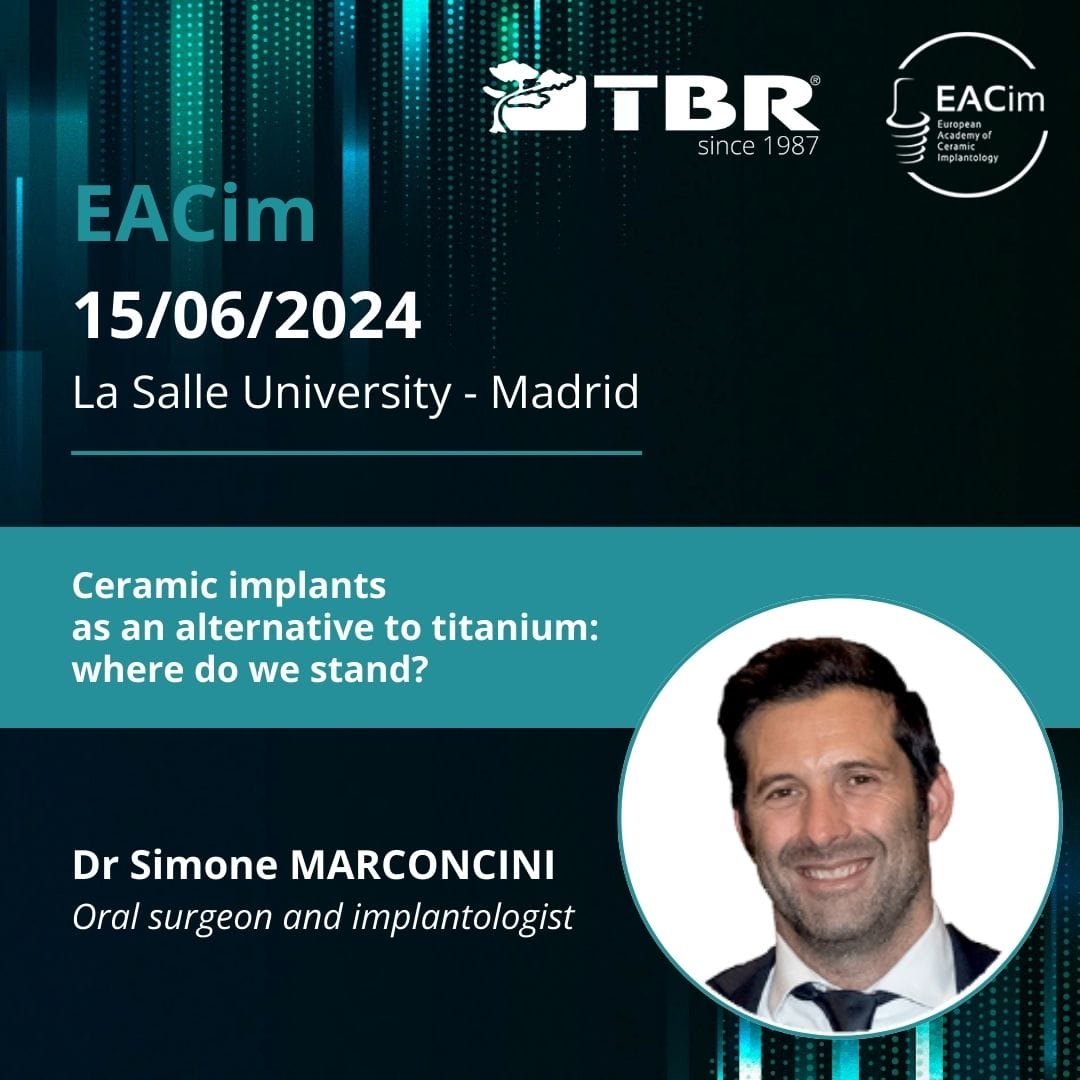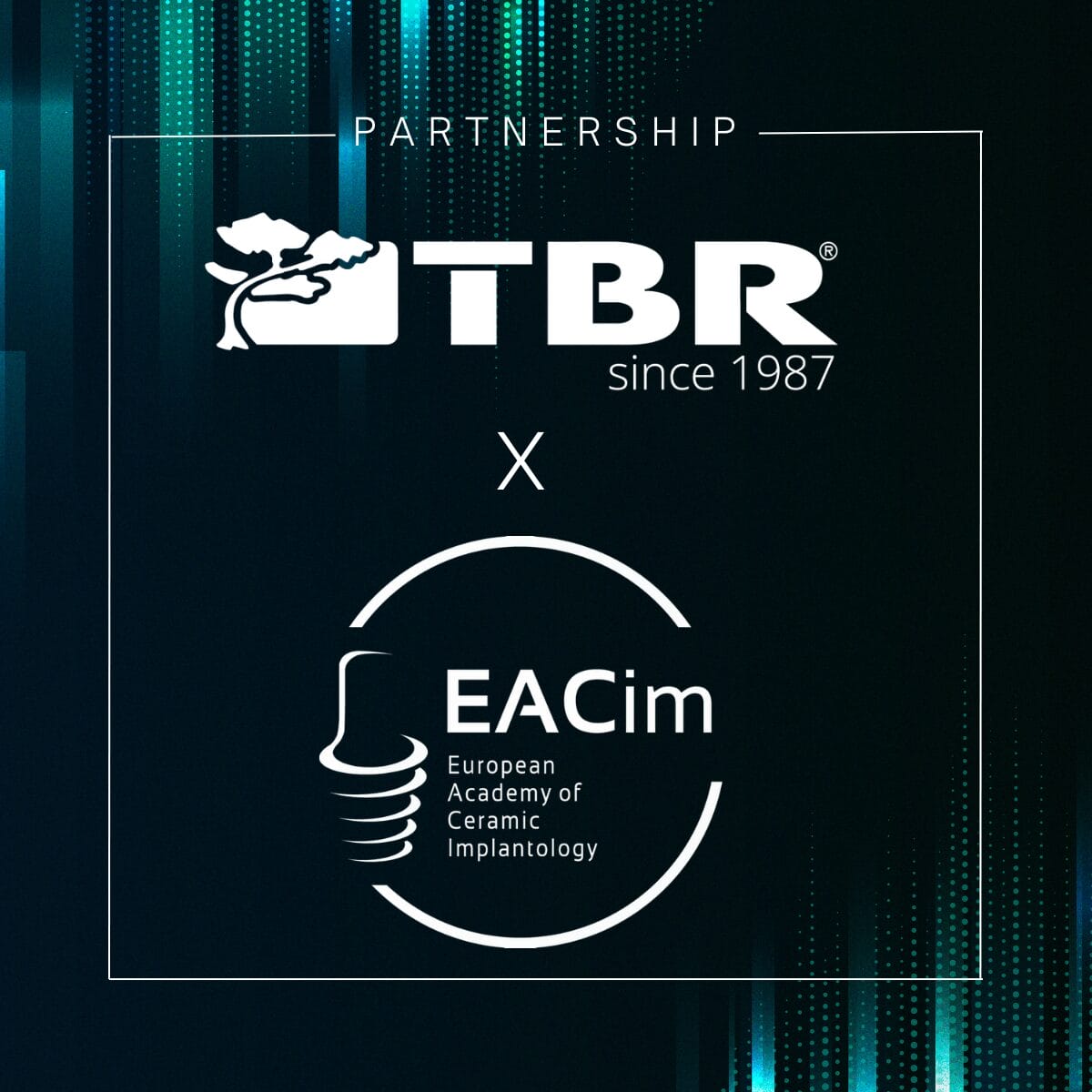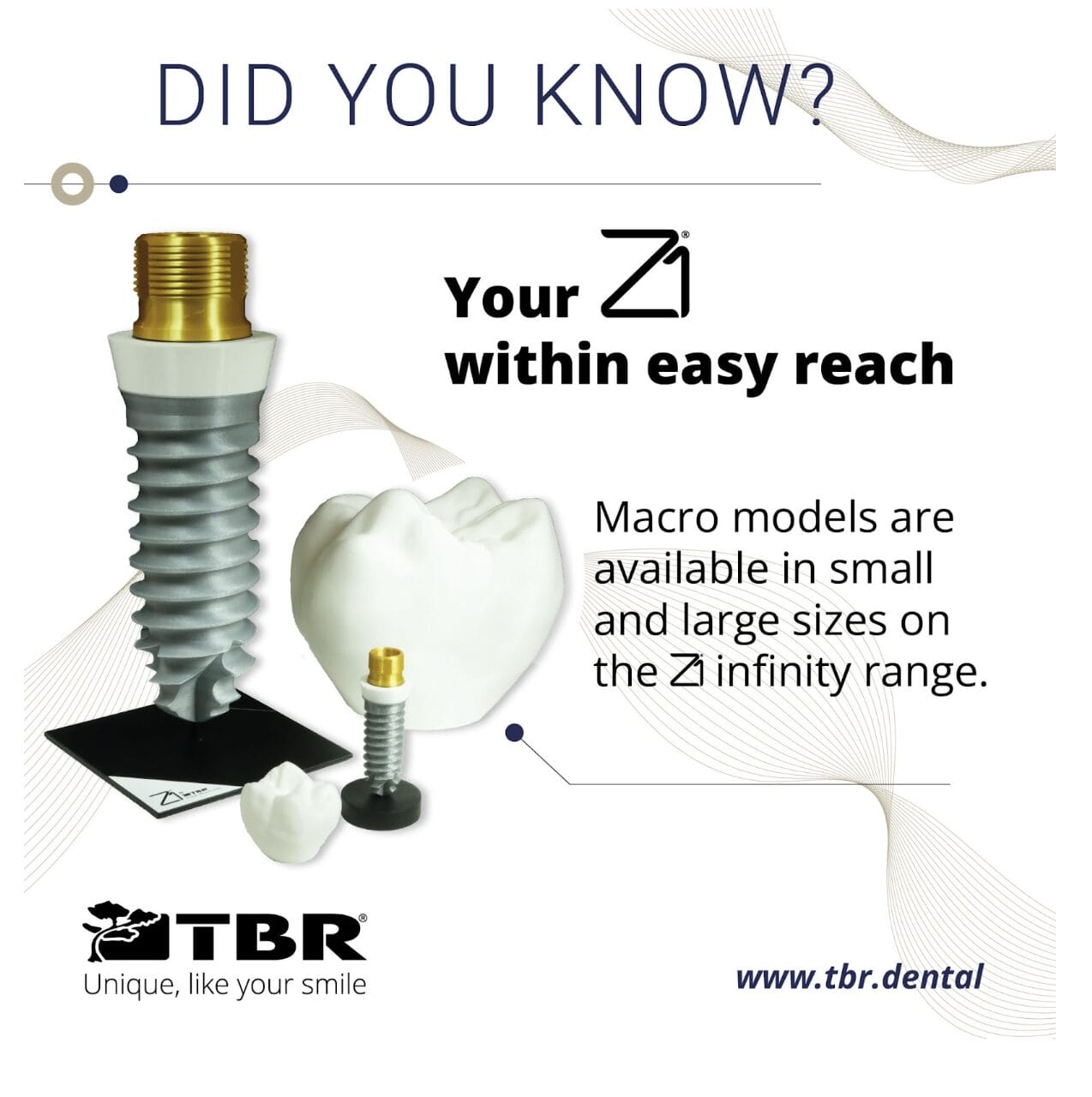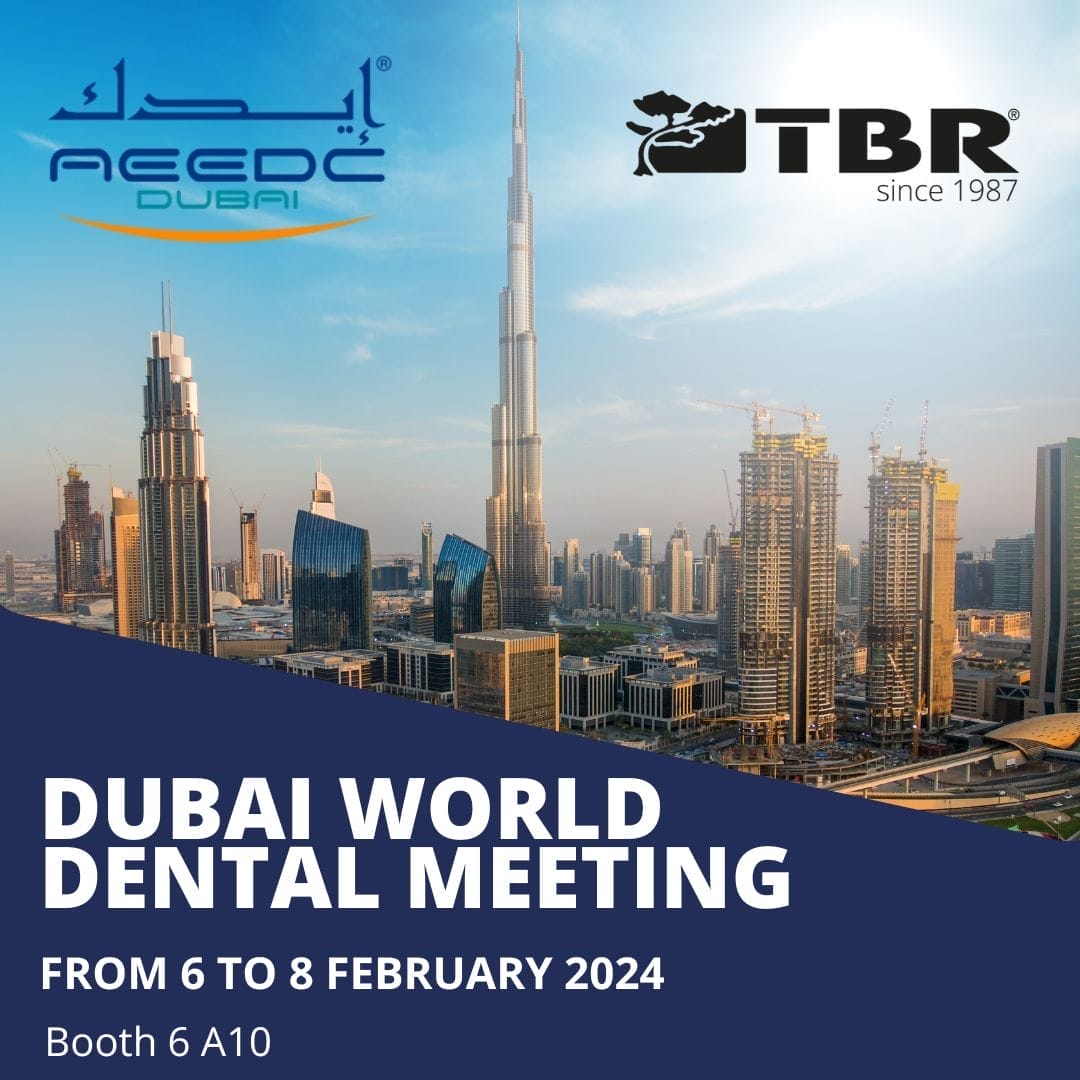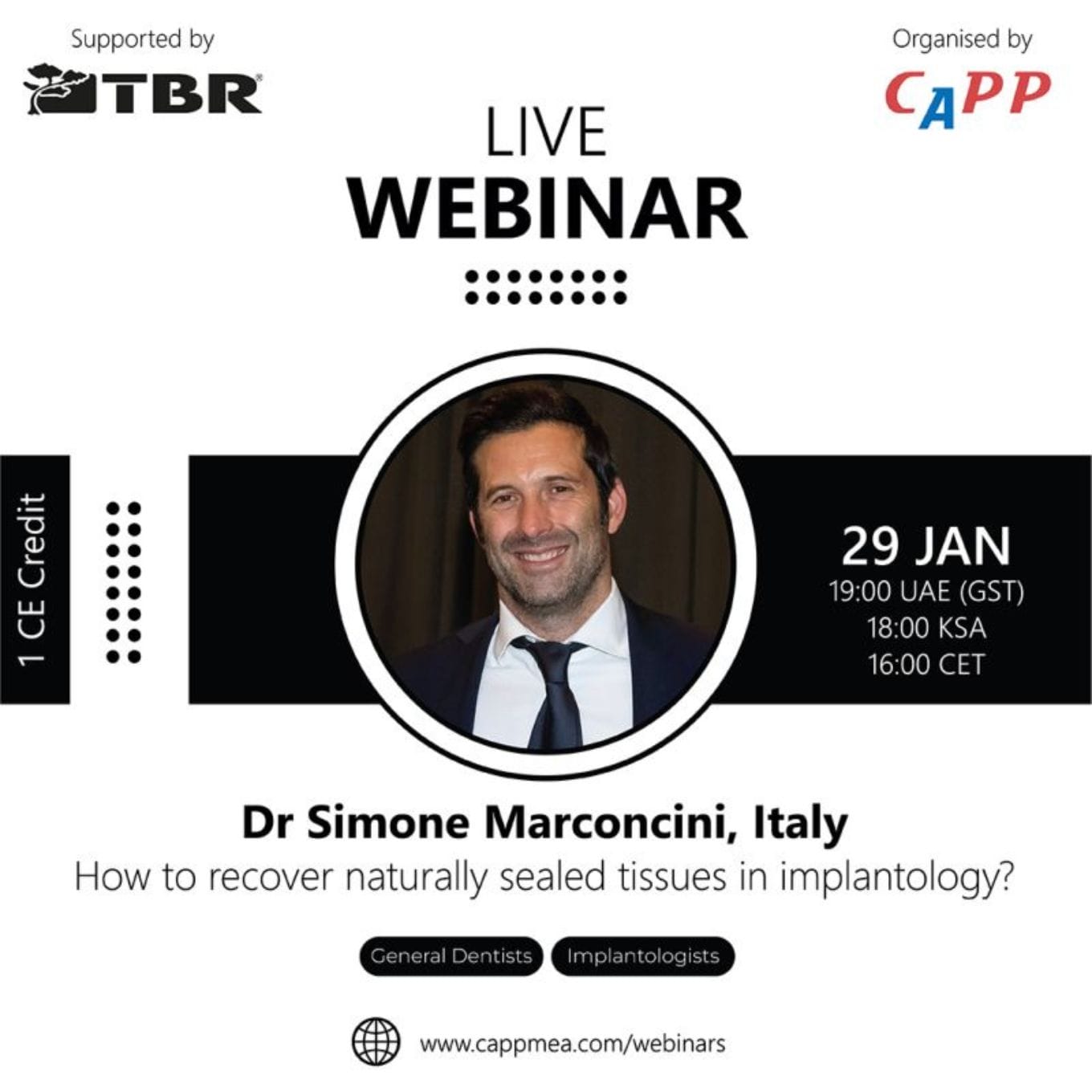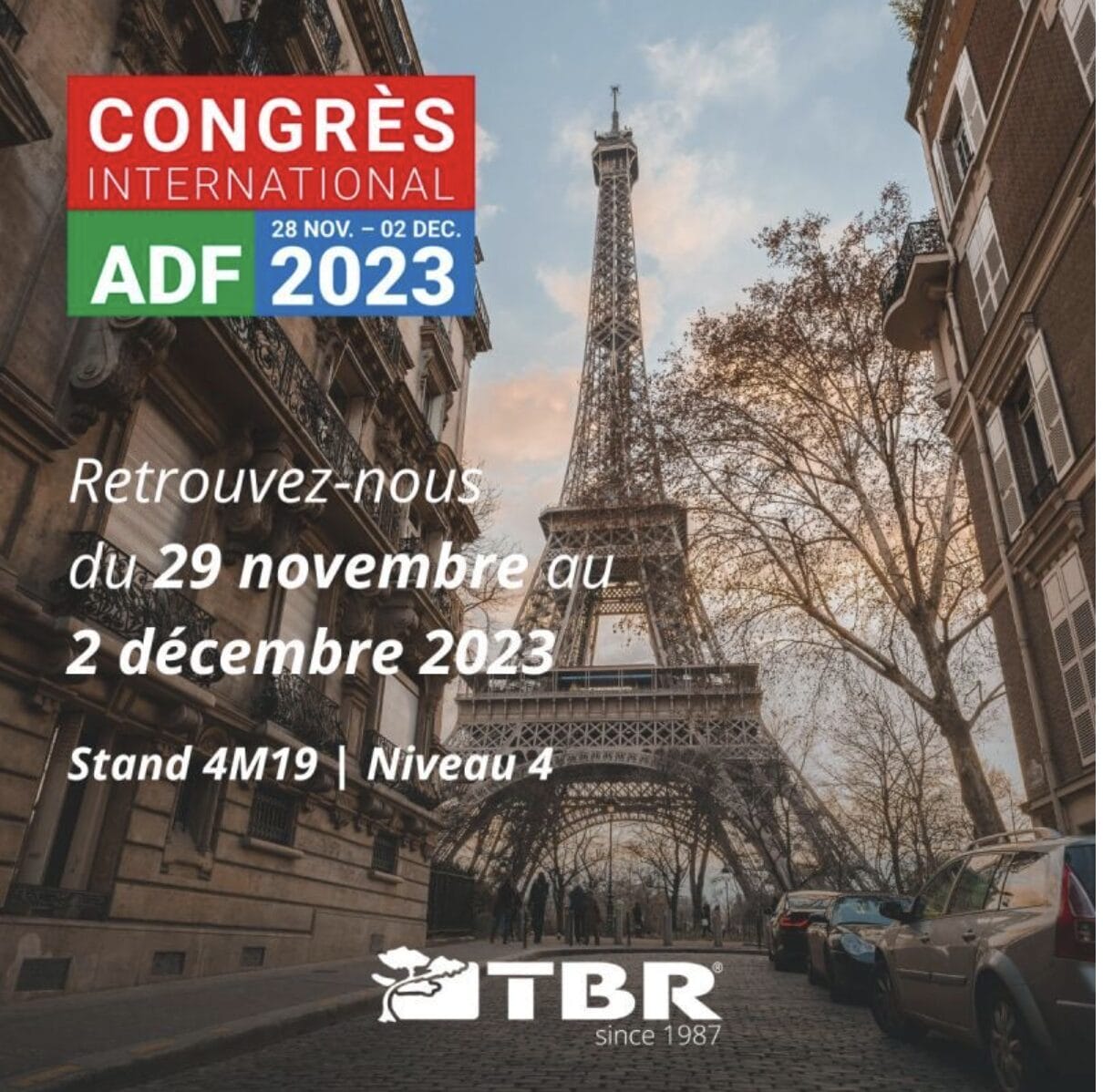Discover the White Paper "How to recover naturally sealed tissues in implantology ?"
From its very beginnings and still today, oral implantology has been faced with the challenge of maintaining the integrity of peri-implant tissues, particularly those that make up the biological width.
It is well known that the tissues surrounding a natural tooth are different from those surrounding a dental implant. One particularity is the absence of the periodontal ligament between the alveolar bone socket and the implant, absence which interferes with and weakens tissue healing.
Good oral health means preserving all tissues, especially those attached to the tooth and to the implants. These attachments, although different in contact with a tooth or an implant, must nonetheless ensure the same shield function against inflammatory, infectious and occlusal stress.
Thanks to past research and recent publications, clinicians and scientists have gained a better understanding of the biological width and its physiology. New paradigms are starting to make consensus, such as implant bioforms, the choice of pure Titanium and Zirconia biomaterials, the machining accuracy of the implant connections, always with a view to protecting the integrity of the supporting tissues and to achieving a high long-term success rate of the implant treatment plans.
The challenge for both dental practitioners and implant manufacturers is to offer minimally invasive treatments, capable of taking into account all the factors influencing the protection and the stability of this biological width.





